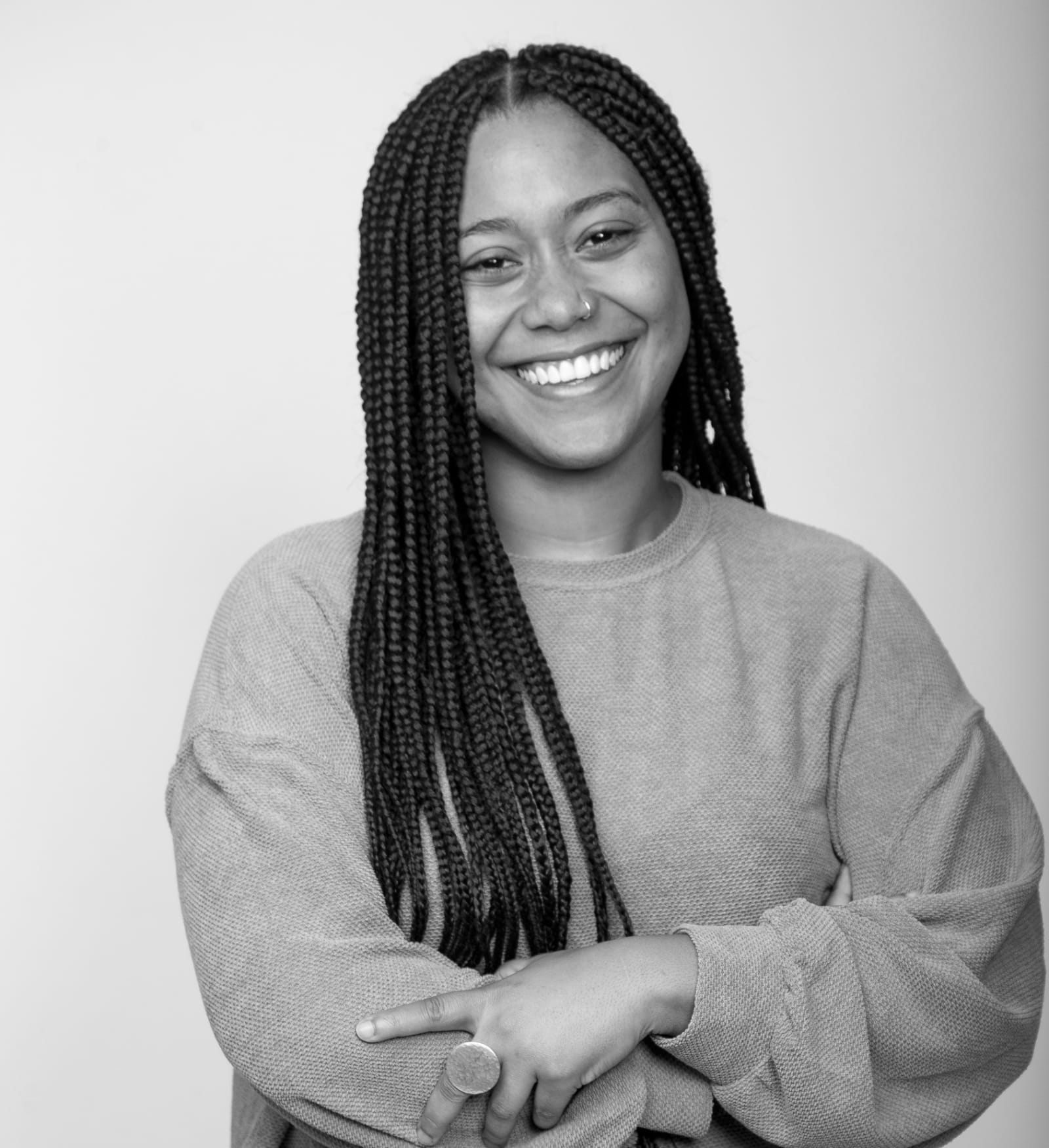artwork infos
portrait
generative art
02:00
2022
Linda Dounia
Fifth Generation_F1-GNS05, ...
Linda Dounia
Electric Blossom X5
Linda Dounia
Fifth Generation_F3-GNS01, ...
Linda Dounia
Fifth Generation_F5-GNS04, ...
Linda Dounia
Once Upon A Garden: B (12 P...
Linda Dounia
Unplanning
Linda Dounia
Electric Blossom X3
Linda Dounia
Fifth Generation_F3-GNS04, ...
Linda Dounia
Once Upon A Garden: D (4 PM...
Linda Dounia
Once Upon A Flower 3
Linda Dounia
Unplanning - Vertical
Linda Dounia
Benn Maam - Vertical
Linda Dounia
Fifth Generation_F5-GNS03, ...
Linda Dounia
Fifth Generation_F6-GNS08, ...
Linda Dounia
Fifth Generation_F1-GNS02, ...
Linda Dounia
Once Upon A Flower 2
Linda Dounia
Electric Blossom X2 - Verti...
Linda Dounia
Once Upon A Flower 7
Linda Dounia
Benn Maam
Linda Dounia
Once Upon A Flower 4
Linda Dounia
Once Upon A Flower 5
Linda Dounia
Once Upon A Flower 6
Linda Dounia
Fifth Generation_F2-GNS08, ...
Linda Dounia
Unbuilt Blocks
Linda Dounia
Electric Blossom X3 - Verti...
Linda Dounia
Once Upon A Flower 1
Linda Dounia
Fifth Generation_F3-GNS02, ...
Linda Dounia
Fifth Generation_F3-GNS03, ...
Linda Dounia
Once Upon A Garden: A (10 A...
Linda Dounia
Basang Maam - Vertical
Linda Dounia
Once Upon A Garden: C (2 PM...
Linda Dounia
Electric Blossom X2
Linda Dounia
Fifth Generation_F1-GNS07, ...
Linda Dounia
Fifth Generation_F5-GNS06, ...
Linda Dounia
Unbuilt Blocks - Vertical
Linda Dounia
Electric Blossom X4 - Verti...
Linda Dounia
Basang Maam
Linda Dounia
Electric Blossom X1 - Verti...
Linda Dounia
Once Upon A Garden: E (6 PM...
Linda Dounia
Electric Blossom X4
Linda Dounia
Fifth Generation_F4-GNS05, ...
Linda Dounia
Electric Blossom X1
Linda Dounia is a Senegalese-Lebanese experimental artist, designer, writer, and curator who investigates the philosophical and environmental implications of techno-capitalism, and its role in perpetuating systems of inequity. Her practice is an active process for decolonizing her mind and untangling herself from the fragmented and exclusionary narratives associated with her identity, by imagining alternative realities and futures. Inspired by science fiction and speculative design, her work mediates alternative truths and excluded ways of being and doing. It is formed in the liminal space between the immaterial and the material through the combination of analogue and digital mediums – acrylic, ink, pastels, markers, scanners, vector, video, GANs, generative AI, code, and a range of materials not intended for art making.
Linda’s work on speculative archiving earned her a spot on the 2023 TIMEA100 list of the most influential people in AI. In 2024, she received Mozilla’s RISE25 award for her work in AI. Her work has been exhibited at Christie’s, Larsen Warner Gallery, Unit London, Art X Lagos, Partcours, Art Basel (Basel, Miami), The Dakar Biennale, Artsy NFT, Digital Art Fair Asia, and Art Dubai. Most recently, she was featured in prestigious events such as the 2025 AI Action Summit in Paris, Le Monde Selon l’IA exhibit at the Jeu de Paume, and Christie’s Augmented Intelligence auction.

Once Upon A Flower 3
'Once Upon A Flower' is a digital garden born from a collaboration between me and a GAN which debuted at Art X Lagos in November 2022. It is a dystopian projection of a likely outcome of global warming, that depicts a world where humans now have to live with simulated images of plants and flowers, which have all disappeared from the earth. Through collections of AI-assisted photographs of a variety of indigenous flora, native to the Sahel region of West Africa, the installation puts forward the fundamental question: Can our contemplation of art restore our collective ability to introspect on our environment and our sense of responsibility towards preserving it? The installation attempts to answer this through the spectacle of flora as a distant memory, to elicit a longing for what has been lost and hopefully trigger the desire to protect what has survived. I first compiled a list of over 100+ species of flora endemic to the Sahel region and classified as endangered by IUCN's Red List of Endangered Species. I then scoured the web for images of these plants to create the database I would later use in the first round of training. I had come across some of these plants before, but many were new to me. It dawned on me that I might not get to see a majority of these plants in nature within my lifetime given the rate at which wildlife is disappearing from the earth. From this database, I then shortlisted plants that I imagine would fit well together in a garden and used the AI tool DALL.E to generate a large set of variations of each plant. This allowed me to compile a second, more refined, database specifically for this installation which I used to train a GAN. I used the GAN's initial outputs of 8,000 plant images to create animations of individual plants that I then brought together in the final composition.
generative art
portrait
02:00
2022
